Table Of Contents

Yerukola Eswara Prasad

Koyel Ghosh
Enhancing Agricultural Productivity through Agrivoltaics Expansion: A Mitigation Analysis

Agrivoltaics is the use of land for both agriculture and solar photovoltaic energy generation. This system sees agriculture and solar energy production as working together rather than competing. Agrivoltaics systems offer multiple benefits to farms by allowing them to maintain productivity while generating additional income. These systems enhance energy resilience and contribute to a lower carbon footprint. By placing solar panels over crops, the system helps in cooling the panels through the release of water vapor from the plants below. Likewise, the panels protect the crops from excessive heat, helping them retain moisture and regulate their water levels. This cooling effect is particularly advantageous for crops and vegetables that thrive in cooler temperatures.
Some of the Key Characteristics and Advantages of Agrivoltaics Include
Land Use Efficiency: Agrivoltaics maximize land use efficiency by allowing dual land use. Instead of dedicating land solely to either agriculture or solar energy production, agrivoltaics systems enable the simultaneous utilization of land for both purposes, thereby increasing overall land productivity.
Optimized Resource Use: By integrating agriculture and solar energy production, agrivoltaic systems can optimize resource use. Solar panels can provide shade that reduces water loss, moderates temperatures, and fosters better conditions for plant growth, improving farming outcomes.
Diversification of Income Streams: Agrivoltaics offer farmers the opportunity to diversify their income streams by generating revenue from both agriculture and renewable energy production. This can help farmers reduce risks associated with fluctuations in agricultural markets and weather conditions.
Enhanced Crop Yields: Research has found that some crops thrive when grown under the shade of solar panels in agrivoltaics setups. The moderated microclimate created by the panels can reduce heat stress on crops, increase water-use efficiency, and extend the growing season. This, in turn, will lead to enhanced crop yields and quality.
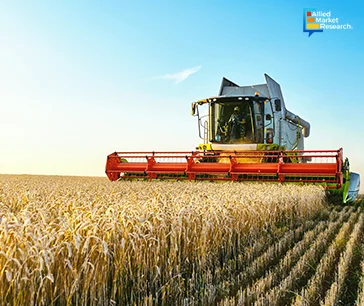
Environmental Benefits: Agrivoltaics can contribute to environmental sustainability by promoting renewable energy generation and reducing greenhouse gas emissions. Additionally, the integration of vegetation within solar farms can enhance biodiversity, improve soil health, and prevent soil erosion, thereby promoting ecological strength.
Community Engagement: Agrivoltaics projects can encourage teamwork among farmers, renewable energy developers, and local communities, boosting community involvement. Community-supported agrivoltaics initiatives can promote sustainable land management practices, create local job opportunities, and contribute to rural economic development.
Scalability and Adaptability: Agrivoltaic systems are scalable and adaptable to various geographical, climatic, and agricultural contexts. They can be implemented on a range of land types, including croplands, pasturelands, and agroforestry systems, making them suitable for diverse agricultural landscapes worldwide.
The demand for agrivoltaics has showcased significant growth by increasing penetration in different end-use industries such as aerospace & defense, automotive, power generation, oil & gas and so on. However, the penetration level is still in its nascent stages, and can be increased further.
Government Regulations
The regulation of agrivoltaics in the United States varies by state and local jurisdiction, with some overarching federal regulations and incentives influencing the adoption and implementation of agrivoltaic systems. The federal government has implemented various regulations and incentives that impact the development of agrivoltaic projects. These include incentives such as the Investment Tax Credit (ITC) and Production Tax Credit (PTC) for solar energy projects, which apply to agrivoltaics installations too. Additionally, federal agencies such as the Department of Agriculture (USDA) and the Department of Energy (DOE) provide funding, technical assistance, and research support for agrivoltaics initiatives. Local zoning ordinances and land use regulations govern the sitting and development of solar energy projects, including agrivoltaics.
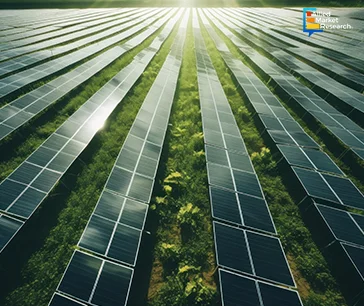
Rules about agrivoltaic installations differ by location and can affect things like where they can be built, how far they must be from other structures, and the paperwork needed for permission. Collaboration between agricultural and energy stakeholders is crucial, along with proactive engagement with local planning authorities, to explore zoning and land use regulations effectively. The largest agrivoltaics site in the United States is located on a blueberry farm in Rockport, Maine. This new 10-acre, 4.2-megawatt project is the first of its kind in the state and will provide valuable insights and experience. Researchers from the University of Maine Cooperative Extension are studying the impact of panel installation on the blueberry plants and monitoring the crop's performance over time under the solar array.
The rules for solar energy in Massachusetts under the SMART program, particularly for agricultural solar projects, can serve as a model for other states with adjustments to fit their specific needs. Developers receive a $0.06/kWh incentive from ASTGU for installing a dual-use array. This incentive is added to other compensation rates if certain conditions are met regarding panel spacing, land shading, and raised racking requirements. This new policy encourages both protecting farmland and promoting solar energy by offering financial incentives to developers. It aims to balance agricultural interests with renewable energy goals.
In India, the Pradhan Mantri Kisan Urja Suraksha evam Uthaan Mahabhiyaan (PM-KUSUM) is the main regulation guiding the development of solar power in rural areas. The scheme has three parts: A, B, and C. Components B and C focus on using solar power for water pumps, while Component A is for larger grid-connected projects. It aims to involve farmers in developing solar power assets. India is in a position to establish its own standards for safeguarding agricultural land by drawing upon existing regulations from Germany, France, and Italy. These standards would define the minimum requirements and specifications for solar projects implemented on farmland.
Criteria for agrivoltaics projects includes:
- Minimum agricultural surface area preservation
- Maximum allowable yield loss compared to non-agrivoltaics projects
- Mandatory removal of structures after installation lifespan
- Mandated submission of crop cultivation plans, cleaning procedures, and regular reports
Some of the Agrivoltaics Based Projects in India Are Mentioned as Below
Agrivoltaics projects in india
Based on input from farmers and developers, norms and laws should proactively foresee the need for change. Given the creative character of agrivoltaics, it is essential to generate information and work together to promote technological and normative adjustments.
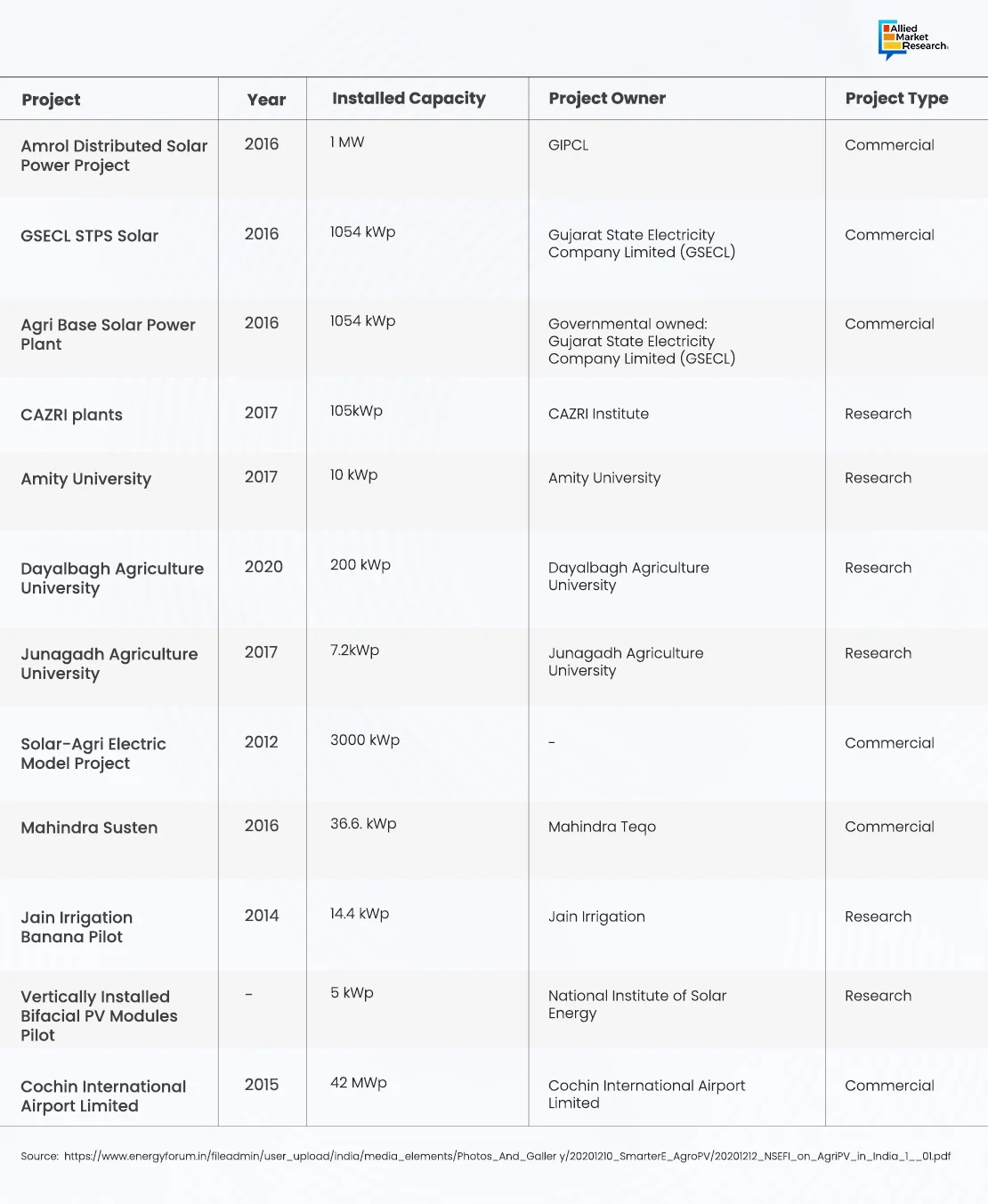
Technological Advancements
Advancements in solar panel technology have resulted in panels specifically tailored for agrivoltaics. These panels can adjust angles, have two-sided designs, or use see-through materials to let sunlight reach crops while producing maximum solar energy.
Advanced sensors and monitoring systems enable real-time monitoring of microclimatic conditions within agrivoltaic systems. This data can be used to optimize plant growth parameters such as temperature, humidity, and light levels, ensuring optimal growing conditions for crops. Computer modeling and simulation tools allow researchers to assess the interactions between solar panels, crops, and environmental factors in agrivoltaic systems. These models can inform decision-making processes related to system design, crop selection, and land management practices.
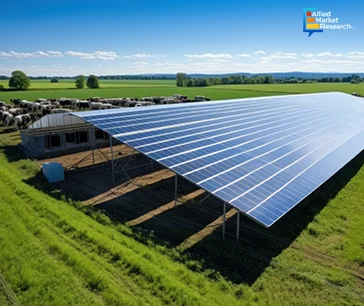
Research into the selection and management of crops in agrivoltaic systems has led to the identification of crop varieties that are well-suited to partial shade conditions. By combining precision agriculture methods like drip irrigation and careful nutrient control with agrivoltaics, farmers can enhance crop productivity while efficiently using resources. The integration of agrivoltaic systems with energy storage technologies, such as batteries or pumped hydro storage, enables the storage of excess solar energy for use during periods of low sunlight or high energy demand. This enhances the reliability and resilience of agrivoltaics energy systems and supports grid integration. For instance, transparent solar cells have the potential to be incorporated in the agrivoltaics industry. The integration of transparent solar cells in agrivoltaics holds significant potential to enhance the sustainability and efficiency of combined agricultural and solar energy production systems. According to a study by Allied Market Research, the is anticipated to register a CAGR of more than 20% between 2021 and 2031. Transparent solar cells are relatively new products launched in the market to meet the aesthetics of the construction industry and other related end users. Some of the factors which are expected to increase the growth potential of transparent solar cells in the agrivoltaics are as follows:transparent solar cell market is anticipated to register a CAGR of more than 20% between 2021 and 2031. Transparent solar cells are relatively new products launched in the market to meet the aesthetics of the construction industry and other related end users.
Some of the Factors Which Are Expected to Increase the Growth Potential of Transparent Solar Cells in the Agrivoltaics Are as Follows
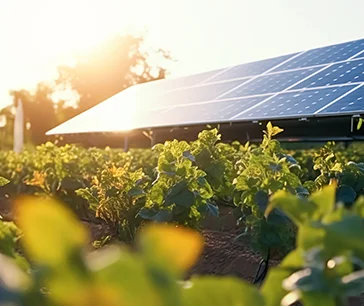
Optimal Light Transmission: Transparent solar cells allow a portion of sunlight to pass through while capturing solar energy from the remaining spectrum. This enables agrivoltaic systems to maintain adequate levels of sunlight for plant growth while simultaneously generating renewable energy.
Maximized Land Use: By integrating transparent solar cells into greenhouse structures or as canopy coverings, agrivoltaic systems maximize land use efficiency. The dual-purpose infrastructure allows for the simultaneous production of crops and solar energy on the same land area, increasing overall productivity and resource utilization.
Crop Protection: Transparent solar cells serve as protective coverings for crops, shielding them from harsh weather conditions such as hail, excessive rain, or extreme temperatures. This helps reduce crop losses and enhance yield stability, particularly in regions prone to adverse weather events.
Improved Microclimate Management: The integration of transparent solar cells with agrivoltaic systems enables precise control over the microclimate within greenhouses or under canopy structures. Farmers enhance crop productivity and quality by regulating factors such as temperature, humidity, and light intensity to create optimal growing conditions. Energy Self-Sufficiency: Transparent solar cells contribute to the energy self-sufficiency of agricultural operations by generating onsite renewable energy to power greenhouse operations, irrigation systems, and other farm equipment. This reduces reliance on external energy sources and lowers operational costs over the long term.
Sustainable Agriculture: Integrating transparent solar cells into agrivoltaic systems aligns with principles of sustainable agriculture by minimizing the environmental footprint of farming practices. The generation of clean, renewable energy reduces greenhouse gas emissions and reliance on fossil fuels, contributing to climate mitigation efforts.
Overall, the integration of transparent solar cells in the agrivoltaics industry represents a promising approach to addressing the dual challenges of food production and renewable energy generation. By leveraging the benefits of transparent solar technology, agrivoltaic systems can enhance productivity, resilience, and sustainability across agricultural landscapes. The integration of agriculture and solar energy production offers synergistic benefits that appeal to farmers, energy developers, and policymakers alike.
In our role as Allied Market Research, we are committed to providing vendors with the essential knowledge and insights needed to capitalize on emerging trends such as agrivoltaics. Through our comprehensive market research and analysis, we offer vendors a deep understanding of the potential benefits and opportunities associated with incorporating agrivoltaics into their business strategies. To know more about the potential investment opportunities in the Energy and Power industry, feel free to talk to our experts today!

